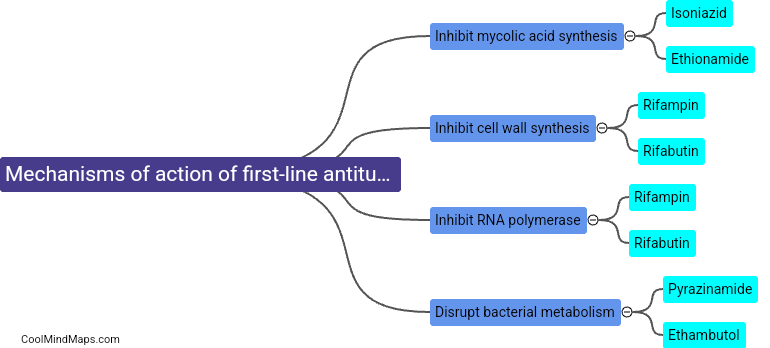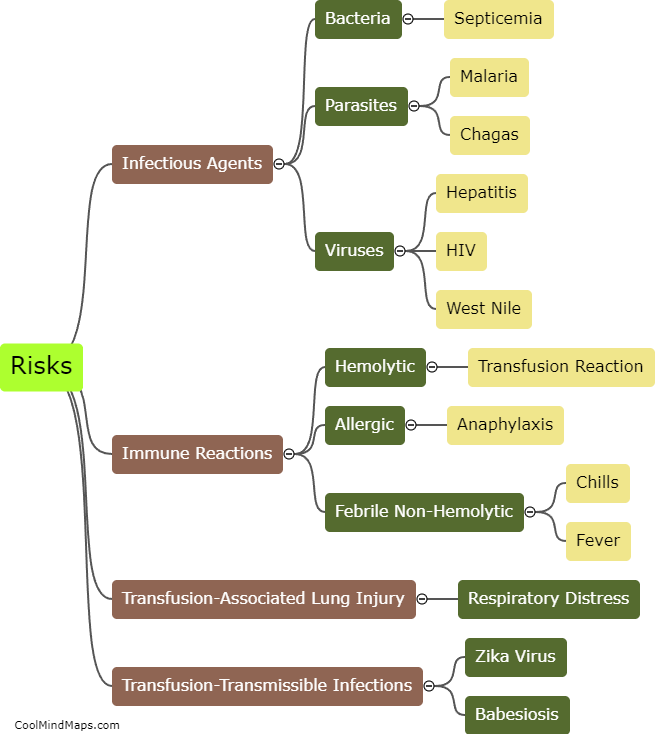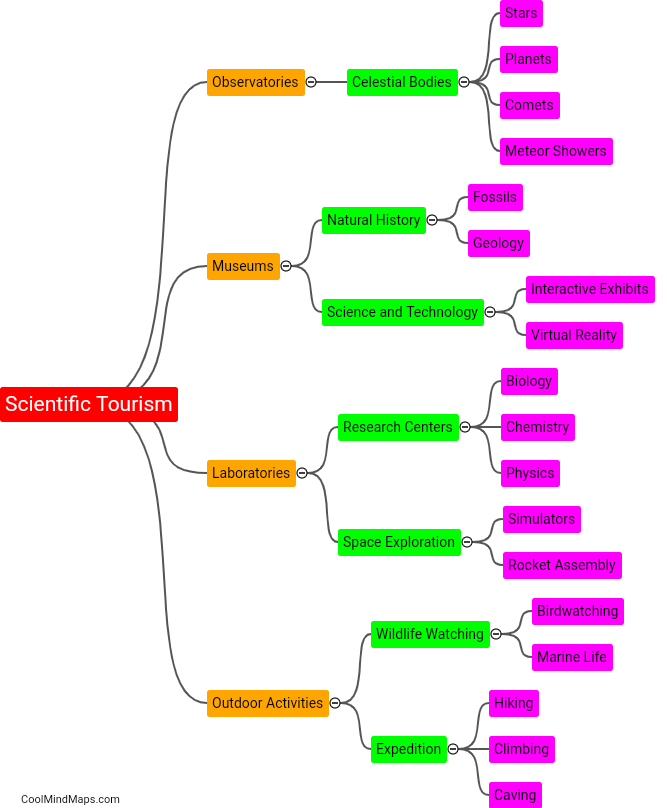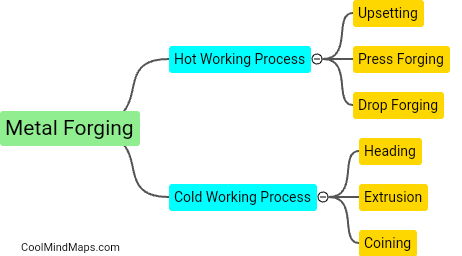What are the mechanisms of action of first-line antitubercular drugs?
First-line antitubercular drugs such as isoniazid, rifampicin, pyrazinamide, and ethambutol act through various mechanisms to combat tuberculosis infection. Isoniazid inhibits the synthesis of mycolic acids in the cell wall of Mycobacterium tuberculosis, while rifampicin disrupts RNA synthesis by binding to the bacterial RNA polymerase. Pyrazinamide works by disrupting the energy metabolism of the bacteria, leading to cell death, and ethambutol inhibits the formation of the cell wall by interfering with arabinogalactan synthesis. By targeting different essential processes in the bacteria, these first-line drugs effectively kill and prevent the growth of M. tuberculosis, resulting in successful treatment of tuberculosis infection.

This mind map was published on 13 June 2024 and has been viewed 63 times.











